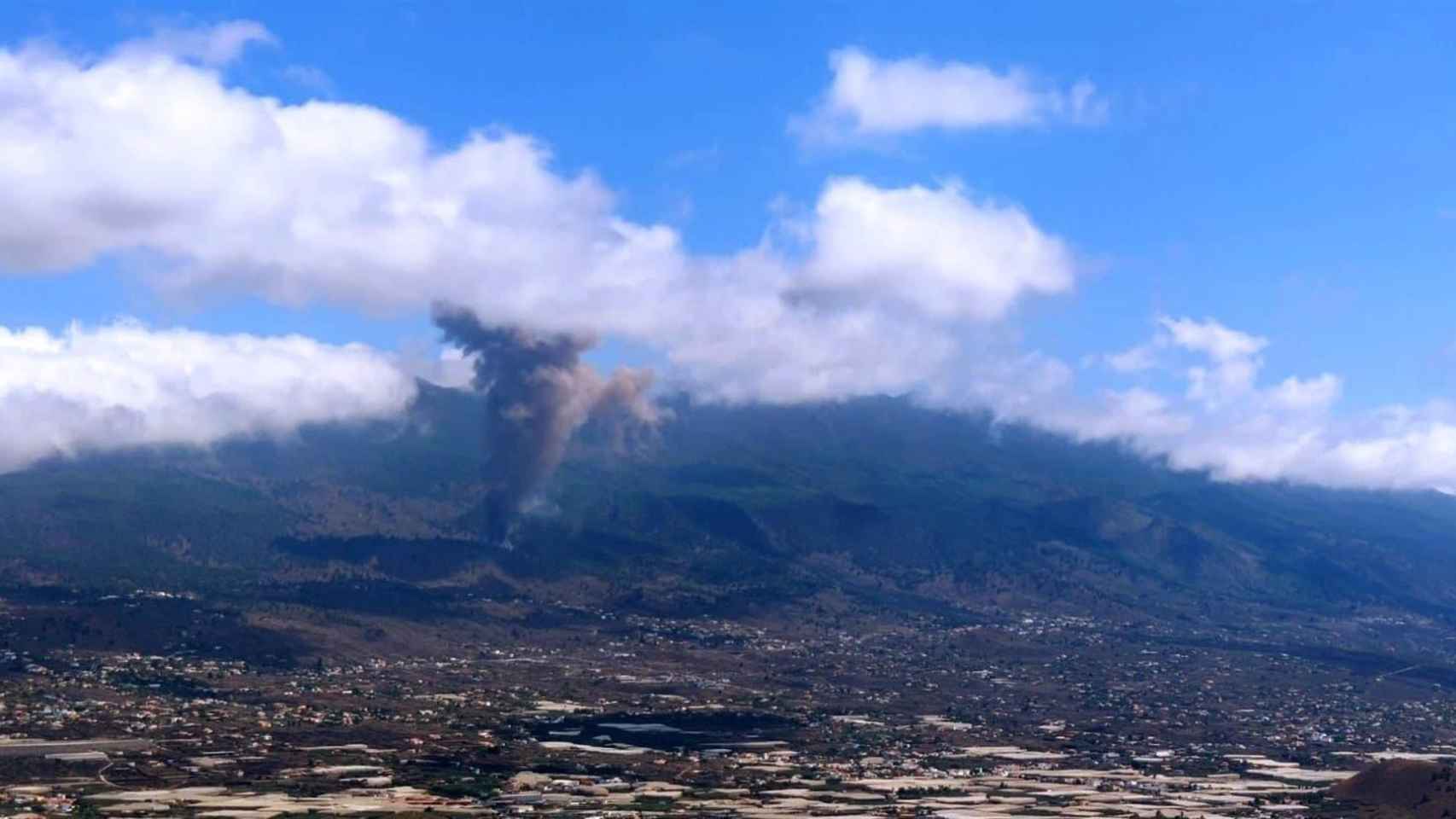In the volcanic archipelagos, most of the water resources come from groundwater and the Canary Islands are no different. Being islands, the geographical limitation to search for water is evident. Therefore, knowing the quantity and quality of the waters that are stored in the subsoil is vital to guarantee the supply of the population and promote its economic development.
The heterogeneity of the geology of these islands, in which volcanic materials have complex geometries and rapid lateral lithology changes, in addition to very varied permeabilities, often makes the lack of subsoil data in areas far from the coast extremely difficult to quantify the underground water resource.
However, the Canaries present the uniqueness that since the 16th century, and thanks to the important relief of almost all its islands, its inhabitants they have excavated galleries that pierce the interior of their volcanoes in a necessary search to reach this precious treasure that is stored in volcanic materials.
At present there are more than 1,500 horizontal galleries in the archipelago which have not only allowed canaries to extract groundwater, but also geologists to access the interior of volcanoes and hydrogeologists to “dive” into their aquifers and obtain information that would otherwise be practically inaccessible.
Aquifers and springs
In the Canary Islands, rainfall is intense and irregular. The water that feeds the aquifers depends to a large extent on the trade winds and the so-called sea of clouds. Specifically, on La Palma infiltration of rain and mist allows water to circulate through the volcanic materials until they emerge in some cases in the form of springs or springs such as Marcos and Cordero, which are the largest in the archipelago.
The water resource, thus, is abundant on the island, but what are the characteristics of these waters? In general, it can be said that the chemical quality of the groundwater of La Palma is good although its Insular Hydrological Plan points to 3 sources of contamination.
The first two, pollution by marine intrusion and pollution by agricultural nitrates, are not unrelated to any other type of non-volcanic aquifer, such as the Ebro delta or the Mar Menor in the peninsula.
The third, on the other hand, is derived from the geological location of the island itself. It’s about the volcanic pollution, an evil that afflicts precisely the aquifers in active volcanoes. This topic has been the subject of numerous news in recent days and unfortunately some rumors and false news.
The groundwater of La Palma
The volcanic influence on aquifers occurs when the gases that accompany the rise of magma from the deep layers of the Earth to the surface come into contact with the underground waters stored in the rocks that make up volcanoes. In these waters much of this gas mixture dissolves, mainly carbon dioxide and other compounds formed by sulfur and chlorine.
By assimilating this carbon dioxide and sulfur, acids are formed that considerably lower the pH of these waters, that is, they become more acidic and not suitable for human consumption or irrigation. What’s more, can incorporate other chemicals, such as fluorine and arsenic for example, that although they appear in very small concentrations, they make the water undrinkable.
On La Palma, the area affected by pollution by the emanation of volcanic gases extends throughout the southern vertex of the island, that is, through the area in which eruptions have occurred during the historical period, and affects almost a third of your groundwater. This influence has been known for decades and that is why the water intended to supply the population is extracted from the aquifers located further north of the island.
This intimate relationship between the Cumbre Vieja volcano and its groundwater makes some of the springs in this sector have characteristics of hot springs, like the Holy Fountain, which was located at the southern end of the island and was buried by the eruption that occurred in 1677. This fountain was sought for centuries to recover its waters that were used at the time for the treatment of diseases such as syphilis, leprosy, rheumatism, osteoarthritis and any other skin or wound healing. Recently, this search has been successfully completed and today we know that these are carbo-gaseous sodium chloride waters similar to those of the Vichy spa in France and highly appreciated even today.
Finally, it is this interaction between the gases of the volcano and the groundwater that makes the intense network of galleries and wells of the Canary Islands is a magnificent system for monitoring volcanic activity.
Any qualitative or quantitative change in the chemical composition of groundwater can be detected in the periodic sampling and chemical and isotopic analyzes carried out by the organisms in charge of volcanic surveillance. It is used as one of the multiple indicators that announce the proximity of an eruption. It could be said that the volcano speaks to us through the water.
* Tatiana Izquierdo is a professor of Geodynamics at the Rey Juan Carlos University.
Follow the topics that interest you
Reference-www.elespanol.com
